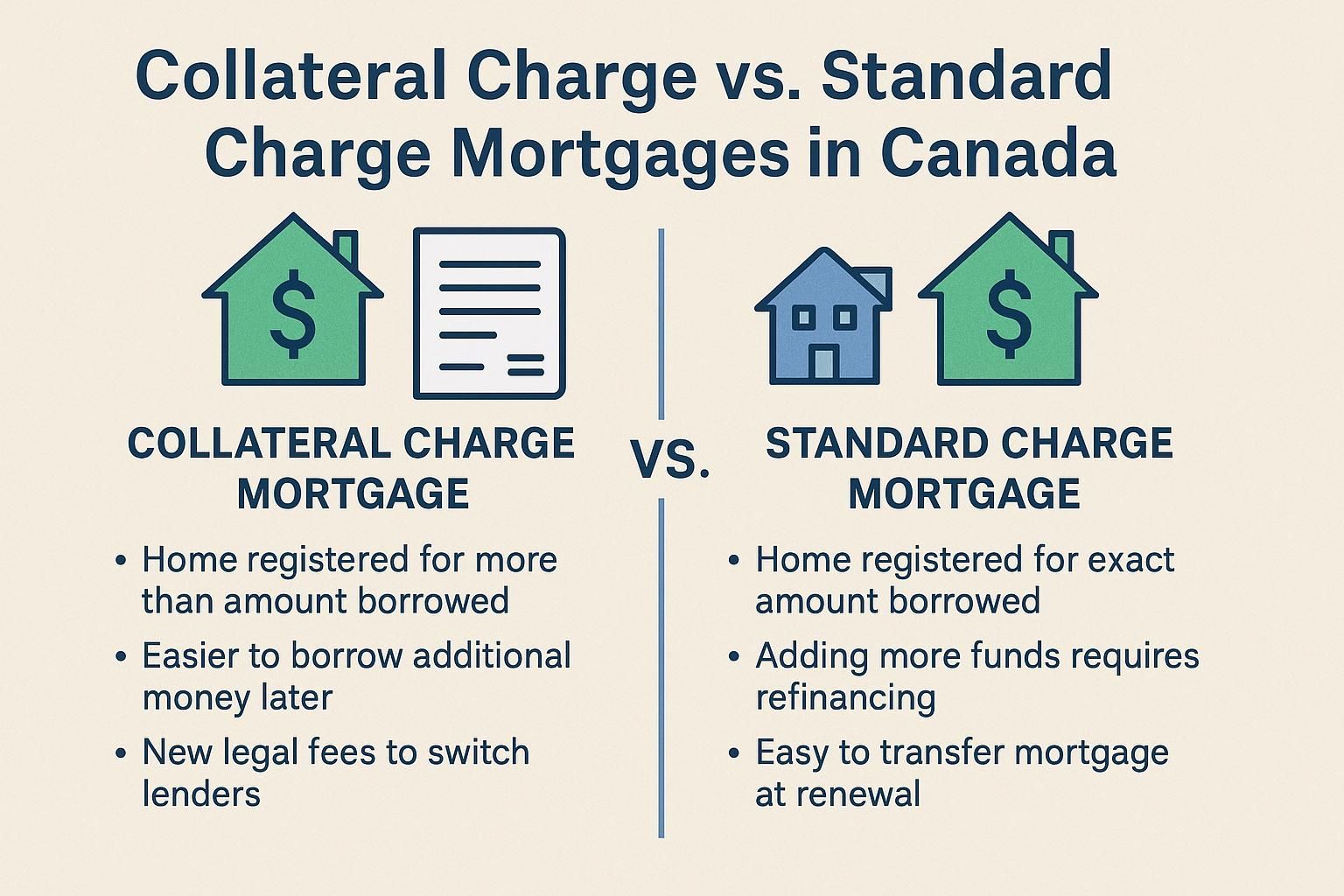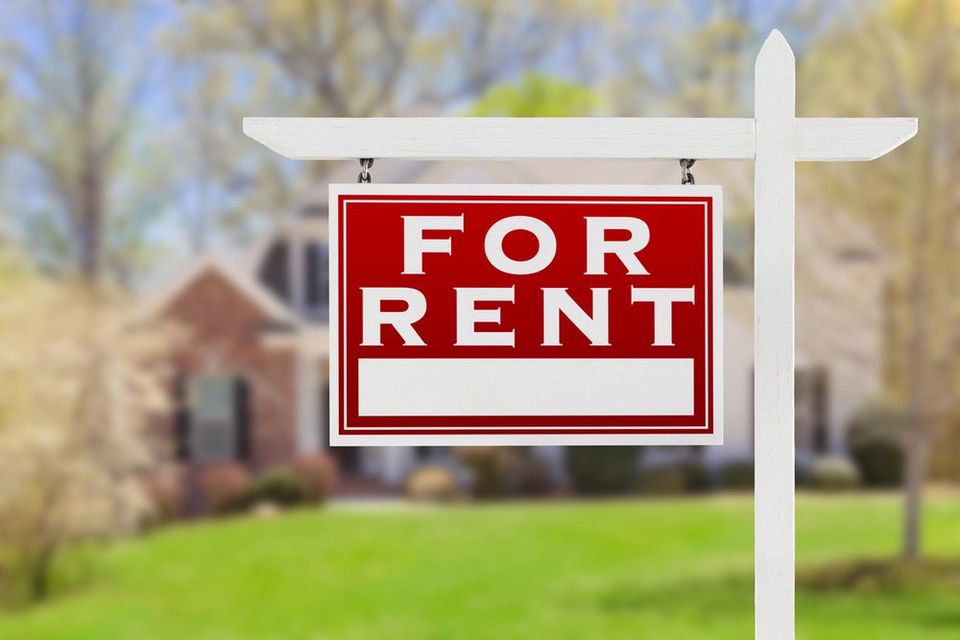Buying a rental property? What you need to know about Rental Add-Back vs Rental Offset
Add-backs and offsets are two different methods for accounting for the rental income from an investment property.
If you are considering purchasing a rental property, understanding how add-backs and offsets work, is important when qualifying for your next mortgage.
Please note that regardless of the method used, lenders do not use 100% of the rental income, typically they use around 50%.
Rental Add-Back
Many lenders use the add-back method to account for the rental income on investment properties.
This means is that they will add a percentage of the rental income to the rest of your income. This will be used to calculate your ability to make payments on the rental mortgage and your other debts, hence the term add-back.
For example, if rent is $2000 a month ($24,000 per year) and the lender allows 50% add- back, therefore $12,000/year. An additional $12,000 income will not make a big difference to the amount of mortgage you can qualify for
Additional Mortgage available with $12,000 rental income (rule of thumb is 4-5 times) = $48,000-60,000 additional mortgage affordability
Rental Offset
In contrast, a Rental offset approach gives you more bang for your buck, since you can use a percentage of the rental income to offset (subtract from) your rental expenses.
A lender will typically use 50% of the rental income to offset the mortgage Principle, Interest and Tax mortgage payments (PIT) .
Therefore, if your rental property earns you $2,000 per month, and the lender will allow for 50% offset i.e. $1,000 to offset (subtract from) the PIT payment.
To see how this works, let’s assume PIT payments equal $1,200. Since you earn $2,000 in income, and the lender uses a 50% rental offset rule, you deduct $1,000 from the $1,200 PIT payment.
Therefore, only the $200/month difference must be covered by your other income.
With Rental add-back – the whole PIT $1200 for the rental property must be covered by your income (including the $12,000 rental income with 50% Add-back).
The bottom line is, it is very difficult to qualify for financing on rental properties using the 50% add-back rule, especially in areas like Vancouver or Toronto which have higher home prices.
Regrettably, there is no standard with lenders regarding Rental income. Some lenders use Rental Add-Back while others use Rental Offset rules.
To overcome this financing obstacle, you need to work with your mortgage broker to decide which lender(s) have the best rental options for your situation.
Mortgages are complicated, but they don’t have to be… Engage an expert!
Give me a call and let’s discuss a mortgage that works for you (not the bank)!
Kelly Hudson
Mortgage Expert
Mortgage Architects
Mobile 604-312-5009
Kelly@KellyHudsonMortgages.com
www.KellyHudsonMortgages.com







